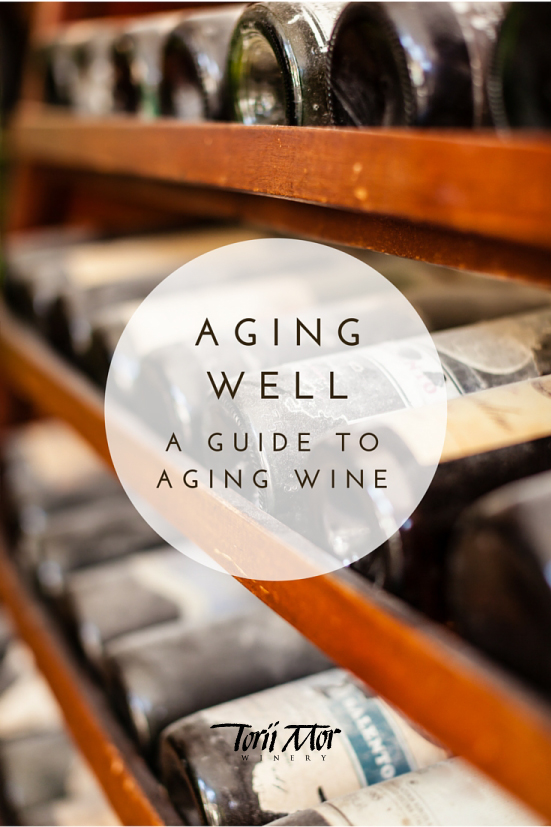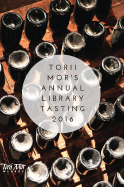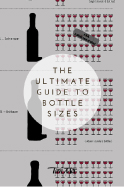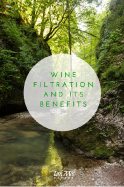Aging Well: A Guide to Aging Wines

Let's start with a quick disclaimer before we get to the fun nitty-gritty: most red and white wines you buy on the shelf are meant to be consumed within a year or two of purchase. Most red wines and white wines especially, are made to be ready-to-drink.
But never fear! There are plenty of gorgeous wines out there that are indeed made for aging, and taste better after being aged. Oregon Pinot Noirs, (Jacques's wines in particular) are made for aging, due to their higher acids and tannins. But we'll get into that further down. Let's start with a quick history lesson.
Why Aging Wine isn't a Necessity Anymore
Historically, aging wine was what you did when you wanted your wine to reach its best-drinking peak. It was common to wait a few years to have a wine that had really come into its own, settled into racks, nestled next to other bottles, each waiting to be opened at their prime. However, modern wine is a different story.
Due to advancements in winemaking and wine technology, wines are produced without the need for wait time and are ready drink right way. Wine can still age, of course, and can even benefit from aging, but it is no longer necessary to achieve exquisite wine.
Most wines have a peak in the aging process, after which they degrade and diminish. Matt Kramer from Wine Spectator recommends no more than 5-10 years for most wines in current circulation, due to the affinity for ready-to-drink wines.
Characteristics of Ageable Wine
There are four main traits to look for in ageable wines: low alcohol, high acidity, tannin structure, and residual sugar.
As a general rule, wines with lower alcohol content are better to age. The higher the alcohol, the faster a wine can turn to vinegar if left too long. If you're looking for particularly ageable wines, a safe bet is to go for wines less than 13.5% ABV.
High acidity and a strong tannin structure both play a part in helping carry a wine's flavors as the wine ages. Higher acid helps wines last longer which of course helps flavors develop. Tannins provide structure to the wine, and as the wine ages, the tannins smooth out, allowing the fruity and earthy notes to become more prominent and more mature.
Residual sugar is another good bet for ageable wines. The higher the sugar content, the longer a wine can age. Now, the first thing that comes to mind if desserts wines: ports, sherries, late harvest wines, ice wines. All these wines also have higher alcohol content, but the high sugar content acts as a preserver, and these wines can age up to 100 years!
Top Tips for Buying Ageable Wine
1. Aim for colder vintage wines. Grapes grown in colder vintages (as well as at higher elevations) tend to have the best characteristics (like lower acid and lower alcohol) of ageable wines. Hot vintages are bigger, fruitier, and have higher alcohol contents.
2. Taste before you buy. This probably doesn't even need to be said, but don't buy a case of wine to age for a decade that you haven't tasted and surveyed yourself. Make sure it's something you could enjoy now, but would like to see expand and grow over the years.
3. Certain varietals age better than others. Cabernet Sauvignon is a very reliable wine to age due to it's high tannins, as are Pinot Noirs from cool climates (like Oregon or Burgundy), and most Tempranillos and Sangiovese.
4. Wine in large format bottles ages at slower rates. If you want to hold on to a wine for longer than 10 years, a magnum (or larger!) is a great way to preserve a special wine for a special occasion.
5. Remember that wine changes. And quite often that change is good. Embrace it, enjoy it, and don't forget to chronicle those especially special bottles. They're meant to be shared.
Cheers!
Alexis Truitt
Social Media and Marketing Assistant


